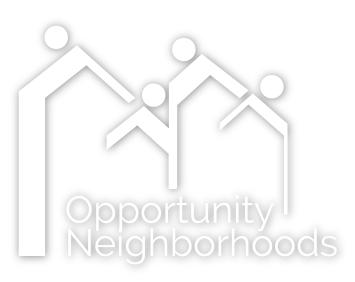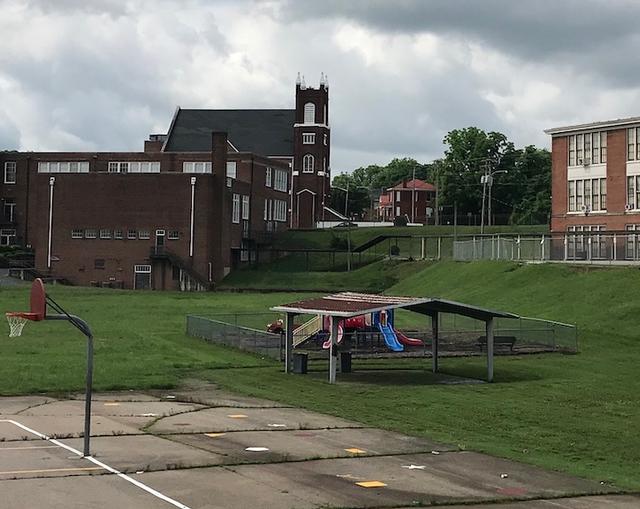Residents' Priorities
Priority 1: Education Quality
Quality education isn’t limited to the classroom. Internal motivation, external support, and access to a variety of educational opportunities can put children and youth on a promising trajectory. Almost 26% of Westside residents 18 - 24 years old did not finish high school, which is double the city’s average. The Danville Public School System plays a role, but it is not solely responsible. Westside residents identified programs and new procedures within existing systems to help youth, schools, and parents succeed and grow.
Priority 2: Youth Employment
Along with educational supports, attractive jobs for youth can generate a ripple effect of readiness, self-reliance, and career exploration. Westside youth want opportunities to connect with local business leaders, hear and learn from professionals about their career paths, and help improve their community. Yet many of these networks have not been developed or are disconnected from Westside youth. Seeing what is possible, having productive outlets, and getting hands-on experience can give young people a sense of hope and create positive, lasting impacts.
Priority 3: Housing
Almost 72% of all Westside housing was built before 1960, which is significantly more than 47% in all of Danville. Westside residents are not necessarily interested in housing strategies that just include building new homes, but rather strategies that focus on existing assets. This includes repurposing empty spaces, knowing how to find programs and funding to support and encourage homeownership (two-thirds of Westside residents are renters) and to advocate for and “own” the spaces where they live. This includes building relationships between renters and owners, taking care of all Westside properties, and reimagining overlooked spaces.
Priority 4: Youth Services
Residents see that engaging youth in positive activities keeps them learning, growing, and out of trouble. Increasing access to a diverse range of activities may take nontraditional forms that expand beyond parks and recreation to other areas of interest like history, culture, and skill-building. The strategies that residents identified also included youth in the process of selecting what they want, sharing power with the implementers, and having a role to lead such efforts.
Priority 5: Healthy Living
Westside residents, on average, are older (25.1% over 65 years old) than residents in the city as a whole (with 19.7% over the age of 65) and the other two Opportunity Neighborhoods. Many Westside residents want to age in place and access healthcare and healthy options where they live. They see that public transportation and other reliable transportation modes can help older adults feel connected and help all residents get where they need to go. Investing in diverse health-promoting activities also offers people a variety of activities—for all abilities and ages—right where they live. The Westside neighborhood boasts infrastructure, vast green space, and underused amenities with the potential to create a healthier Westside neighborhood.

